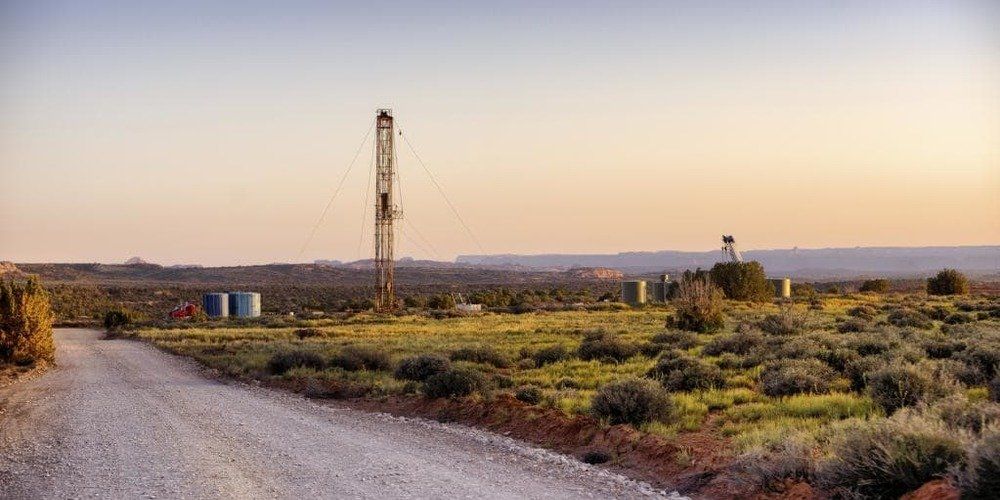Fracking given green light by NT Government
celotti workforce • April 27, 2018

The Labor Government’s fracking moratorium has been lifted.
But 49 percent of the Territory’s landmass will be covered by “no-go zones” and will remain off-limits to gas companies.
The decision was announced this morning.
The Government has endorsed all 135 of the recommendations made by the scientific inquiry into hydraulic fracturing, led by Justice Rachel Pepper. The report was handed to Government late last month. The Government has allocated $5.33 million over three years to put the recommendations in place. Much of that money will be spent on extra public servants.
Five of the recommendations have been given “in-principle support”, with an implementation plan expected to be complete in July.
Those recommendations include that the Government introduce a charge for water for all onshore shale gas activities, that gas companies pay for maintenance for roads used by gas projects and that the Government enact a compensation scheme for pastoral lessees. In-principle support has also been given to the recommendation to amend NT court rules to not allow cost decisions to be made against someone who has brought litigation against the industry when that litigation is deemed to be “genuinely in the public interest”.
The no-go zones will cover areas of environmental, agricultural and cultural significance, as well as indigenous protected areas, national parks, towns and residential areas and places with significance to the tourism industry.
Chief Minister Michael Gunner wouldn’t say whether the decision to lift the moratorium had the full decision of caucus or Cabinet.
“Everyone within a caucus or Cabinet has strong views and they have that on a number of issues but they support the process we went through and the decision we have made today,” he said.
When asked if he believed his Government would face a voter backlash, Mr Gunner said: “In every electorate in the NT there are people who believe passionately on this issue one way or another. There comes a point in time though when you have to make a decision”.
It’s expected exploration will begin next Dry. But full-scale production will take much longer. Before production approvals are granted, strategic regional environmental and baseline assessments must be conducted. Those assessments are expected to take about three years to complete.
The report recommended Territory and Commonwealth governments seek to ensure there is no net increase in greenhouse gas emissions caused by a Territory shale gas industry.
A draft offset and climate change policy is expected by the end of the year.
Australian Petroleum Production and Exploration Association NT director Matthew Doman said gas companies were ready to spend billions in the Territory.
He said industry wanted to begin exploration in mid-2019.
“Businesses, contractors and workers in the Territory are counting on the quick ramp-up of the gas industry to get the Territory moving again. Explorers are ready to resume their activities as soon as the Government gives the green light,” he said.
“As soon we can get back to work, we will again employ local people, engage local companies and resume royalty payments to host Traditional Owners.
Our exploration activity will build our knowledge of the gas resources, groundwater and the environment that contains them — and enable informed decisions about future development.”
This article was originally written for NT News and can be read here.

By Donella Beckton
•
June 18, 2024
Navigating the construction industry's labour market can be complex and challenging. With every project, the need for skilled workers and dedicated staff is crucial. Finding the right construction staffing agency is paramount to ensure the success of your projects.

By Donella Beckton
•
June 4, 2024
Australia's building, infrastructure, resources, and agribusiness sectors are booming, and the demand for skilled professionals has never been higher. At CELOTTI WORKFORCE , we provide first-rate on-hire, contract, and permanent staffing solutions that keep these vital industries moving forward. Our expertise in these areas ensures that businesses can thrive, adapt, and innovate in an ever-changing landscape.
Copyright © - All Rights Reserved | Privacy Policy | Terms and Conditions | Report a safety incident or hazard

